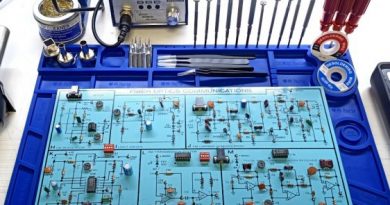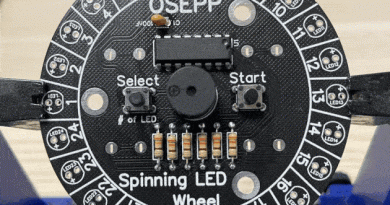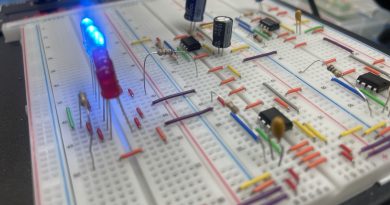Switching Power Supply: Preventing Noise
A switching power supply is a remarkably efficient type of power supply, which quickly turns off and on, used to regulate amperage and current. Although all switching power supplies will produce noise, they are usually designed to create noises inaudible to the human ear. If your switching power supply isn’t designed for quiet operation and it’s producing a high- or low-pitched whine or hissing, there are ways to mitigate the noise.
High-Pitched Noise without a Fan
Check where you’ve plugged in your power supply. High-pitched hisses or whines are typically caused by external electromagnetic interference. Keep your power supply away from anything which produces electromagnetic interference — for example, fluorescent lights, power strips, flat-screen monitors, or large batteries. Simply moving your switching power supply a few feet from objects that produce interference can stop the noise entirely.
If after you’ve moved the power supply and the noise continues, it is likely because you have a dry capacitor that needs replacement. Unplug your power supply and leave it unplugged for three or more hours, because capacitors will hold an electric charge and will need to lose this charge. Do not remove or replace capacitors without electronic training.
Use a soldering iron to remove the capacitors. Purchase identical components, and then solder the replacement capacitors to the circuit board.
High-Pitched Noise with a Fan
First you need to unplug the device connected to the power supply, and then remove the casing. The fan is most likely oscillating at a frequency that makes the ordinarily high-pitched whine audible to the human ear.
Remove the power supply fan’s protective plating, which is located in the center of the fan. The protective plating will be held on with screws or a thick sticker; remove the screws or peel the sticker back. Place a couple drops of sewing machine oil on the now-exposed bearing. The last step is to put the protective plating back on and replace the power supply casing.
Low-Pitched Hum
Look for a metal casing that fits over the entire power supply. Place your power supply in the metal casing and screw it shut. Plug the power supply in and turn it on.


